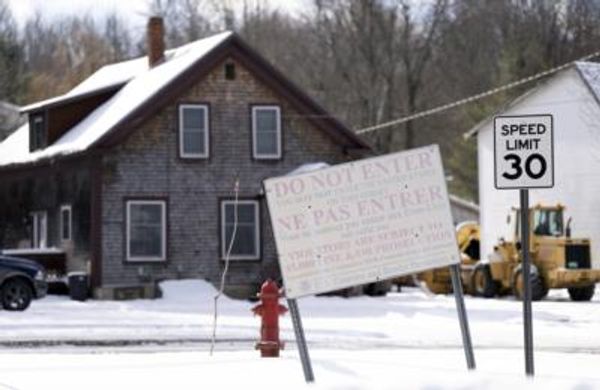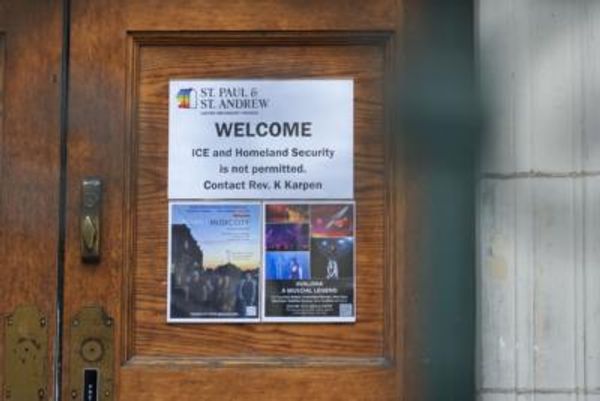
A rare species of gray squirrel has been placed on the endangered list by wildlife officials in Washington state as escalating climate emergency and land overdevelopment rob the rodents of their habitat.
Only three isolated pockets of western gray squirrels survive, the officials say, acknowledging the failure of recovery efforts since unprecedented major wildfires in 2014 and 2015 killed a multitudinous number and destroyed vast swaths of their natural territory.
The species is already susceptible to diseases such as mange and western equine encephalitis virus, which experts say spreads more quickly as temperatures rise. Now, they are “seriously threatened with extinction”, according to the Washington fish and wildlife commission (FWS).
A nine-member panel voted unanimously last week to adopt a recommendation from the agency’s conservation assessment manager, Taylor Cotten, to reclassify western gray squirrels for the first time since they were placed on the threatened species list in 1993.
“Some species come and go, and the problem with so many species right now is the pace at which we are losing them,” commissioner Tim Ragen said during a public meeting earlier this month.
“One of the distinctions we want to draw is whether or not they’re coming and going due to natural factors versus human-related factors. This one is a case where human-related factors are clearly involved.”
The squirrels have moderate to high sensitivity to climate change that degrades the quality of their habitat, the agency says, and disease outbreaks “could become more frequent with warmer temperatures”.
Almost 56,000 acres of land under the jurisdiction of the state’s department of natural resources were burned in hundreds of wildfires in Washington last year. Notably, “the frequency and severity of wildfires [is] increasing with climate change”, Cotten told CBS News.
He told the commission that a state recovery plan implemented in 2007, including voluntary preservation guidelines for landowners intended to protect ponderosa pine and Douglas fir trees that the squirrels prefer, had failed to arrest the species’ decline, or dissuade development.
“On their own, they’re not doing the job we hoped they’d do,” he said. “We’re still seeing habitat loss at 20%, even with these actions.”
Melanie Rowland, another commissioner, said successive studies had shown squirrel numbers plummeting as more trees were felled.
“There’s no good news in that at all. It’s pretty clear a lot of their habitat has been cut down,” she said.
The vote to uplist western gray squirrels to the endangered list followed a public consultation period. The “vast majority” of more than 900 comments received supported the move, Cotten said, but a case of mistaken identity probably accounted for those who opposed the adoption of greater protections and heavier fines for those who kill or molest them.
The western gray squirrel is largely identical to the ubiquitous eastern gray species that some consider a nuisance. Cotten believes many residents were confusing the two.
“It’s not always clear if they’re advocating for the right squirrel or not,” he said. “Continued confusion on squirrel identification and awareness of the western gray squirrel in Washington state made interpreting community comments challenging.”
Meanwhile, the commission is pressing ahead with a public consultation period for several other species on the state’s endangered and protected species lists, including the yellow-billed cuckoo, tufted puffin, Columbian sharp-tailed grouse, Columbia Basin pygmy rabbit, grizzly bear and Oregon silver-spot butterfly.







